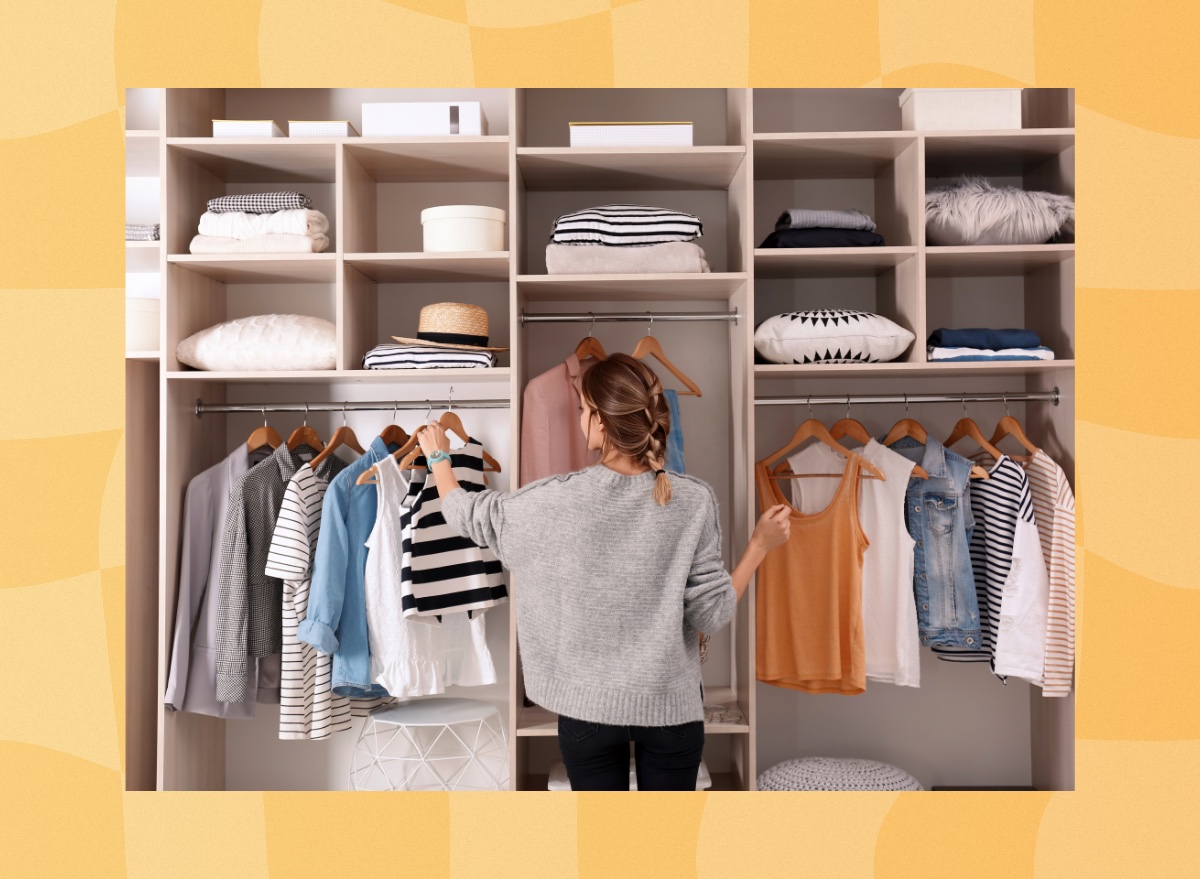Why People Are 'Death Cleaning' for Peace of Mind: 'Changed My Life'

Whether you consider yourself to be incredibly organized or your affairs are typically in total disarray, you may be intrigued to learn about a Swedish tradition known as "death cleaning." People love this lifestyle de-clutter and refresh concept, claiming it gives them peace of mind.
What is death cleaning, might you ask? The term is not as scary as it sounds. In fact, it's a fascinating concept that makes perfect sense. Death cleaning is the act of purging through your personal belongings and leaving only your essentials in an organized fashion. In this way, you're not leaving a chaotic mess behind for your loved ones to sort through and clean up after your passing. When the process is complete, you'll be able to live a clutter-free life.
What are the benefits of Swedish "death cleaning"?

The immediate benefit, most especially for older individuals, is that death cleaning will simplify life and enable you to really prioritize your most important possessions and eliminate everything you can live without, explains Dorsey Standish, MS, a neuroscientist, wellness expert, mechanical engineer, and CEO of Mastermind Meditate.
Additional benefits include downsizing the space you need to store unnecessary belongings, lowering the burden on your loved ones to deal with your personal items in the future, living in an all-around cleaner, more organized space, being more present, and, lastly, cherishing your most prized possessions.
How can death cleaning improve your headspace in your daily routine?
Research shows that living in a cluttered environment is associated with greater levels of stress and even depression. That's why the practice of death cleaning can put you into a more rejuvenated headspace in your daily routine.
"Death cleaning offers the benefits above that can be enjoyed daily, including reduced stress, peace of mind, and perspective," Standish explains. "It can also be a metaphor for building your legacy and choosing how you spend your resources—not just your space and money but also your time. For example, you could take the concept of death cleaning into planning your weekly schedule, keeping in mind what contributes to your legacy and letting the rest go."
Standish herself is an advocate of death cleaning. "My wife and I were cleaning out a bookshelf that had accumulated more than its fair share of clutter, making it an eyesore teeming with trinkets, half-used paint cans, and extra stacks of books blocking the once thoughtfully decorated rainbow books," she tells us. "I started pulling things off the shelf, selecting a particular green bowl with sculpted eggs and chili peppers. My wife exclaimed, 'Oh! My travel keepsakes!' She looked at them for a bit longer and then said, 'I don't even know where I got all these things. People are probably just going to throw these out when I die.' She picked out a few things she wanted to keep on the bookshelf and told me to let the other things go. The bookshelf looks beautiful now, with only essentials we are proud of and would be proud to pass on!"
TikTokers have also hopped on the bandwagon. TikTok user Lady Death Doula raved about the practice in a video and shared, "We change and grow over time, so it's nice to check in every few years." She also pointed out, "Swedish death cleaning is for all ages." Another TikToker revealed that Swedish death cleaning has "fundamentally changed my life." She explained, "[As you get older,] a lot of unnecessary stuff clutters up, like unused batteries, cables, dresses, clothes, shoes, things that we don't wear. We are creatures that tend to hoard things."
So, when in doubt, throw it out!









